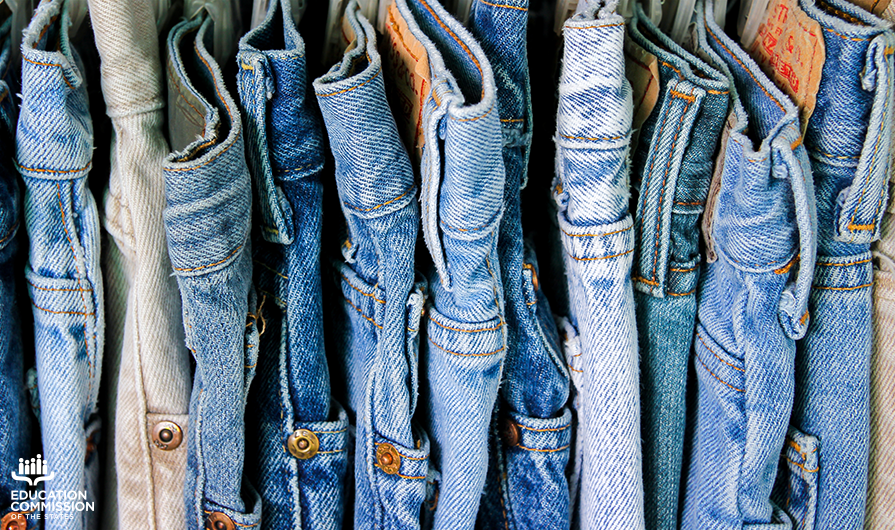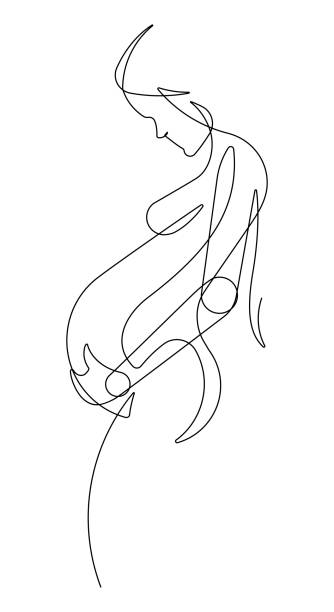Many of us know Halloween as a fun holiday where kids and adults dress up for a night full of fun and frights. However, if you dig deep into the twisted past of this holiday, it’s anything but that. This day used to be filled to the brim with rituals, sacrifices, and religious costumes that would make even the monsters under your bed shake in their boots. In the meantime, many aspects of Halloween are still similar to its origins, like “trick or treating,” dressing up, and the element of scariness that so many have grown to love.
In Europe during the 1800s, a group called the Celts celebrated Samhain (sow-in), a time when they believed that the dead were with the living. Even though this may sound bizarre, it’s the furthest from a lie. They would do many things to try and get rid of and confuse ghosts, such as building bonfires and dressing up to scare them away. To honor the event, Celtic Priests built huge bonfires, where people gathered to burn crops and animals as sacrifices to the Celtic deities. During the celebration, the Celts wore costumes, typically consisting of animal heads and skins, and attempted to tell each other’s fortunes. They believed that the presence of spirits made it easier to predict the future. This was crucial to their culture because they depended on the natural world to thrive.
As time went on, Samhain became All Souls Day. This day continued many of the previously celebrated traditions but also called for change. On this day, people still believed that spirits roamed the Earth, but when they would go out, it wouldn’t be to light a bonfire, but to get items for the spirits. This day became more about honoring the spirits that came to Earth and less about reading the future. When people would leave their homes, they would wear masks to confuse the ghosts into believing they were merely one of them. This holiday began the belief that the church was attempting to replace Samhain with a related, church-centered holiday. People would still give gifts to spirits, but this time, they would leave bowls of food out for them so they wouldn’t bother their homes. This is a substantial difference compared to the sacrifices that were performed during Samhain, but it’s a way that people tried to honor the tradition.
Although the holiday stayed the same for many years, multiple events caused it to migrate to the United States. When the potato famine struck Europe in 1845, many immigrants moved to America, seeking refuge. After more and more people began finding their way inland, they still celebrated Samhain, which got many Americans interested in their practices. Soon after, we joined them in dressing up but put our own spin on it by going door to door asking for things. This was when Samhain started to change to Halloween. The holiday still wasn’t very appropriate for kids to join, so in the late 1800s, many religious Americans pushed to make it a family-friendly holiday centered on community and neighborly get-togethers over ghosts, pranks, and witchcraft. Years went by with the steady incorporation of change, and more and more family-friendly aspects began being incorporated, and the holiday we know today began coming to light. During the late 1800s when the whole trick-or-treating aspect started, people would go door-to-door asking for food or money, but in later times, like today, we found it inexpensive to share a tradition with our neighbors by going door-to-door asking for candy. This allowed children to thoroughly enjoy the fun of Halloween night by obtaining buckets full of sweet treats for them to gorge themselves on for as long as they could manage. Another fun tradition that evolved over time is the aspect of costumes. The costumes started in Ireland, but now we wear them for fun. It doesn’t matter if you’re dressing up as a hot dog or your favorite superhero; everyone knows that dressing up is a staple for this frightful night.
Halloween is also a time for all things horror to show their faces, but as time went on, the aspect of scariness steadily lost its light. People once made the day a nightmare, but newspapers encouraged parents to take the scariness out of Halloween celebrations. Because of this, the holiday lost most of its superstitious and religious aspects by the beginning of the twentieth century. However, horror movies have continued to be box office hits ever since they started. There are some classics like the “Halloween” franchise, “Scream,” “Nightmare on Elm Street” and “Friday the 13.” These movies have continued to be loved as the years go on, showing the love of horror that Halloween has always had. Fans are always eager to settle in and be on edge for anything that may seem to go bump in the night.
One thing everyone loves is a good Halloween party. This fun tradition started in the early 1900s and has continued to this day. Because the holiday was mainly centered around children, parties were instant hits. However, due to the high numbers of young children during the fifties baby boom, parties were moved into the classroom or home, where it was much easier to accommodate large numbers of kids. These parties were full of games, food, and music to make the night more enjoyable for kids of all ages.
And now, here we are today. With the way Halloween has evolved over the years, we’re now ready to “suit up” in whatever outfit we decide to wear for the night and have fun with family and friends. This can vary from hayrides and pumpkin carving, all the way to trick-or-treating and watching scary movies. Regardless of the way you decide to celebrate, Halloween is always fun and we only have the past to thank for that.
A Haunting History
0
More to Discover












